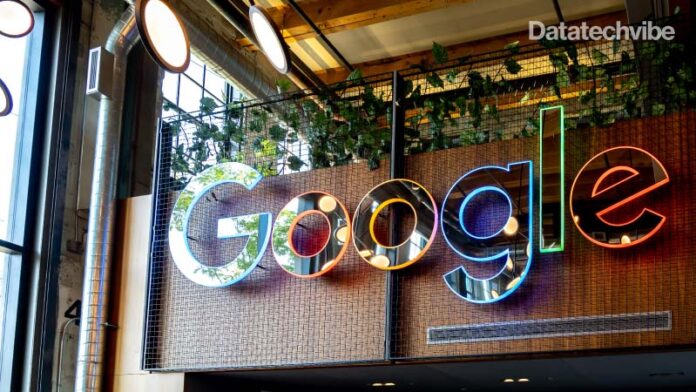Vertex AI is a managed ML platform designed to enable developers to speed up the deployment and maintenance of their AI models
At the Google Cloud Applied ML Summit, the search and enterprise IT giant revealed a new group of product features and technology partnerships designed to help users create, deploy, manage and maintain machine learning (ML) models in production faster and more efficiently. The company’s AI development environment, Vertex AI, launched a year ago at the Google I/O 21 conference, is the home base for all updates. This is a managed ML platform designed to enable developers to speed up the deployment and maintenance of their AI models.
New capabilities recently added to Vertex AI include the following:
- Optimised TensorFlow runtime was released for the public preview that allows serving TensorFlow models that are lower-cost and lower-latency than open-source prebuilt TensorFlow serving containers. Optimised TensorFlow runtime lets users take advantage of some of the proprietary technologies and model optimisation techniques used internally at Google.
- Google also launched custom prediction routines in private preview, making pre-processing the model input and post-processing the model output as easy as writing a Python function. They are integrated with Vertex SDK, allowing users to build their custom containers with their custom predictors without having to write a model server or significant knowledge of Docker. It also lets users test the created images locally very quickly. Additionally, support for CO hosting TensorFlow models is now available on the same virtual machine.
Google also announced the release of Vertex AI Training Reduction Server, which supports Tensorflow and PyTorch. Training Reduction Server is built to optimise the bandwidth and latency of multi-node distributed training on Nvidia GPUs. Google claims this significantly reduces the training time required for large language workloads, like BERT, and further enables cost parity across different approaches. In many mission-critical business scenarios, a shortened training cycle allows data scientists to train a model with higher predictive performance within the constraints of a deployment window.
The company rolled out a preview of Serverless Spark on Vertex AI Workbench. This allows data scientists to launch a serverless spark session within their notebooks and interactively develop code.
In the graph data space, Google introduced a data partnership with Neo4j that connects graph-based machine learning models. This enables data scientists to explore, analyse and engineer features from connected data in Neo4j and then deploy models with Vertex AI within a single unified platform. With Neo4j Graph Data Science and Vertex AI, data scientists can extract more predictive power from models using graph-based inputs and get to production faster across use cases such as fraud and anomaly detection, recommendation engines, customer 360, logistics and more.
Google Vertex AI has also been integrated with graph database maker TigerGraph for several months, a key part of the company’s Machine Learning (ML) Workbench offering.
Lastly, Google highlighted its partnership with Labelbox, which is about helping data scientists use unstructured data to build more effective machine learning models on Vertex AI.
Google claims that Vertex AI requires about 80 per cent fewer lines of code to train a model versus competitive platforms, enabling data scientists and ML engineers across all levels of expertise the ability to implement machine learning operations (MLops) to efficiently build and manage ML projects throughout the entire development lifecycle. According to Gartner Research, vertex competes in the same market as Matlab, Alteryx Designer, IBM SPSS Statistics, RapidMiner Studio, Dataiku and DataRobot Studio.









